A contract template serves as a preformatted document designed to streamline the process of drafting a legally binding agreement between parties. These templates cover a wide range of contract types, such as employment contracts, construction contracts, photography contracts, and service contracts, among others. Each template is tailored to address the unique requirements and specifications of the specific contract type, providing a comprehensive framework that outlines the terms and conditions, obligations, rights, and responsibilities of the parties involved.
By utilizing a contract template, businesses and individuals can save time and effort, ensuring that they include all necessary clauses and provisions pertinent to their particular agreement. Furthermore, well-designed templates can help minimize the risk of disputes and misunderstandings by providing clear and concise language, reducing the likelihood of ambiguities or omissions that may lead to legal challenges. However, it is essential to note that a contract template should be customized to fit the unique circumstances of each specific agreement and should be reviewed by legal counsel to ensure compliance with relevant laws and regulations.
Table of Contents
What is a contract?

A contract is a legally binding agreement between two or more parties that outlines the terms and conditions governing their relationship. It establishes the rights, responsibilities, and obligations of each party with respect to the subject matter of the agreement.
Contracts are a fundamental aspect of business and personal transactions, providing a legal framework for various arrangements, such as the exchange of goods or services, the employment of individuals, the licensing of intellectual property, and many other interactions.
Contract Templates
Contract Templates are comprehensive and standardized documents that provide a framework for creating legally binding agreements between parties. These templates serve as a starting point for drafting contracts and ensure consistency, clarity, and compliance with legal requirements. Contract Templates are widely used in various industries and professions to establish clear terms, conditions, and obligations between parties involved in a business transaction or relationship.
Contract Templates provide a foundation for creating robust and legally binding agreements between parties. By utilizing these templates, individuals, businesses, or organizations can save time and effort in drafting contracts from scratch while ensuring consistency and compliance with legal standards. Contract Templates are customizable to accommodate the specific needs and requirements of different industries or transactions. Whether used for service agreements, sales contracts, employment agreements, or other business arrangements, Contract Templates provide a reliable and consistent approach to formalizing business relationships and protecting the rights and obligations of all parties involved.
Understanding the Components of a Contract
In the process of negotiating and formalizing an agreement, parties often engage in discussions and make various statements before finalizing the contract. Consequently, disputes may arise later on regarding which statements should be considered as terms or components of the contract, and which ones should be regarded as mere pre-contract discussions.
The components or terms of a contract are the primary aspects that bind the parties involved in the agreement. External statements made outside the contract hold little to no significance in the context of the agreement. However, pre-contractual misrepresentations may carry legal consequences. Generally, there are two reasons for drafting a written contract—either the parties involved have opted to formalize their agreement in writing, or legislation mandates the written documentation of agreements between two or more parties.
When a contract is documented in writing, the written document is deemed to be the comprehensive representation of the terms of the agreement. As a result, any attempt by a party to incorporate a statement made during negotiations into the contract is unlikely to succeed once the contract terms have been drafted and signed.
However, certain contract terms may be implied, meaning they are read into the contract even if not explicitly stated. Essential aspects that might have been inadvertently omitted by the parties can be implied into the contract. Additionally, specific terms may be incorporated into the contract if mandated by consumer protection legislation. Having explored the components of a contract, we can now examine the process of drafting a contract.
How to write a contract
Writing a contract is a crucial step in formalizing a business relationship or agreement between parties. Here is a detailed step-by-step guide to help you create an effective and legally enforceable contract:
Identify the parties involved: Clearly state the names and contact information of all parties involved in the contract. This typically includes the full legal names of individuals or businesses, along with their addresses and other relevant contact details.
Define the purpose of the contract: Clearly outline the purpose and scope of the agreement, describing the goods or services being exchanged or the specific project being undertaken.
Specify the terms and conditions: Detail the specific terms and conditions governing the relationship between the parties. This may include information such as:
- The obligations and responsibilities of each party
- Payment terms, including amounts, due dates, and methods of payment
- The duration of the contract or the project timeline
- Performance standards or benchmarks
- Confidentiality and non-disclosure requirements
- Intellectual property rights
- Any warranties or guarantees provided
Include a termination clause: Specify the conditions under which the contract may be terminated, such as material breach, mutual agreement, or the occurrence of certain events. Also, outline the notice requirements and potential consequences of termination, such as the payment of damages or the return of property.
Add a dispute resolution clause: Detail the process for resolving disputes that may arise during the course of the contract, such as negotiation, mediation, arbitration, or litigation. Clearly define the governing law and jurisdiction applicable to the contract.
Specify any additional clauses: Depending on the nature of the contract, you may need to include additional clauses such as force majeure, indemnification, or non-compete provisions.
Review and customize the contract: Ensure that the contract is tailored to the specific needs and circumstances of the parties involved. Consult with legal counsel to ensure that the contract complies with all applicable laws and regulations, and adequately protects your interests.
Obtain signatures: Once the contract has been reviewed and finalized, have all parties sign and date the document. Depending on the jurisdiction and the nature of the contract, electronic signatures may be sufficient. Ensure that each party receives a copy of the fully executed contract for their records.
Implement and monitor the contract: After the contract is signed, ensure that all parties adhere to the terms and conditions outlined in the agreement. Keep track of any performance milestones, payment deadlines, and other critical dates.
Amend the contract as needed: If changes to the contract become necessary, follow the amendment process outlined in the agreement. This typically requires the mutual consent of all parties and may involve drafting and signing an addendum or a completely revised contract.
Employment contract
An employment contract is a legally binding agreement between an employer and an employee, outlining the terms and conditions of employment. It typically includes details such as the job title, job description, responsibilities, work hours, compensation (including salary, bonuses, and benefits), probationary period, leave policies, termination clauses, non-compete or non-disclosure agreements, and any other relevant terms related to the employment relationship.
Construction contract
A construction contract is an agreement between a property owner or developer and a contractor or construction company, detailing the scope of work, timeline, payment terms, and other conditions related to a construction project. Common types of construction contracts include lump-sum or fixed-price contracts, cost-plus contracts, time and materials contracts, and unit price contracts. These contracts may also include clauses related to change orders, progress payments, performance bonds, insurance, warranties, and dispute resolution.
Photography contract
A photography contract is an agreement between a photographer and a client, outlining the terms and conditions of a photography assignment or service. It typically includes details such as the date, time, and location of the shoot, the type of photography (e.g., portrait, event, commercial), the deliverables (e.g., digital files, prints, albums), copyright and usage rights, payment terms, cancellation policies, and any other relevant terms specific to the photography project.
Service contract
A service contract is an agreement between a service provider and a client, specifying the terms and conditions related to the provision of a particular service. It generally includes details such as the scope of work, performance standards, payment terms, duration of the contract, termination clauses, confidentiality and non-disclosure requirements, intellectual property rights, indemnification, and dispute resolution.
Licensing contract
A licensing contract is an agreement between a licensor (the owner of intellectual property rights) and a licensee (the party seeking to use the intellectual property), outlining the terms and conditions for the use of copyrighted material, trademarks, patents, or other forms of intellectual property. It typically includes details such as the scope of the license, duration, royalties or fees, restrictions on use, warranties, indemnification, and termination clauses.
Partnership agreement
A partnership agreement is a contract between two or more parties who agree to collaborate in a business venture. It outlines the roles and responsibilities of each partner, capital contributions, profit and loss distribution, decision-making processes, dispute resolution, and provisions for dissolution or withdrawal of a partner.
The Advantages of Utilizing Contract Templates
Contract templates serve as an invaluable resource for drafting legally binding agreements with ease and efficiency. Crafting a contract from scratch can be a daunting task, particularly when dealing with complex terms and conditions. Contract templates simplify this process, enabling individuals to create contracts effortlessly. They provide insights into the essential components that should be included in a contract, catering to those who may find contract writing a tedious and monotonous task.
For businesses, contracts play a critical role in ensuring smooth operations and successful transactions. They are an indispensable aspect of any organization and should be given the attention they deserve. Rushing through the contract drafting process can lead to detrimental consequences. For busy individuals with limited time, contract templates offer a quick and efficient solution for composing contracts. These templates eliminate the need for extensive deliberation on what to include in a contract, making the process more streamlined and accessible.
By leveraging the wide array of available sample contract templates, anyone can effortlessly create a well-structured contract. Numerous templates cater to various contract types, providing valuable guidance and support for drafting comprehensive and legally sound agreements.
FAQs
Are contract templates legally binding?
Contract templates, when properly customized and executed by the parties involved, can form legally binding agreements. However, it is essential to ensure that the template is tailored to the unique circumstances of the parties and complies with applicable laws and regulations.
Where can I find contract templates?
Contract templates can be found in various sources, including online legal resources, document template websites, and legal software programs. Some law firms and legal professionals also provide contract templates to their clients. It is crucial to use a reliable and reputable source to ensure the template’s quality and legal compliance.
Can I use a contract template for any type of agreement?
While contract templates can serve as a helpful starting point for various types of agreements, it is essential to choose a template that aligns with the specific contract type you require. Some templates are designed for specific industries or transactions, such as employment contracts, service agreements, or lease contracts. Make sure to select an appropriate template and customize it according to the unique needs of your agreement.
Do I still need a lawyer if I use a contract template?
Using a contract template can help you draft a basic contract, but it may not cover all the nuances and complexities of your specific situation. It is always recommended to consult with a legal professional, particularly for more complex or high-stakes agreements, to ensure that your contract is legally sound and adequately protects your interests.
How do I customize a contract template?
To customize a contract template, start by filling in the specific details of your agreement, such as the names and contact information of the parties involved, the scope of work or services, payment terms, and any other relevant information. Then, review the standard clauses and sections in the template, modifying or adding language as needed to address the unique aspects of your agreement. Finally, remove any unnecessary sections or clauses that do not apply to your situation.
Can contract templates be used across different jurisdictions?
Contract templates may vary based on the jurisdiction and the applicable laws and regulations. When using a contract template, make sure it is designed for the jurisdiction in which your agreement will be enforced. Additionally, consult with a legal professional familiar with the laws of that jurisdiction to ensure that your contract complies with local requirements.







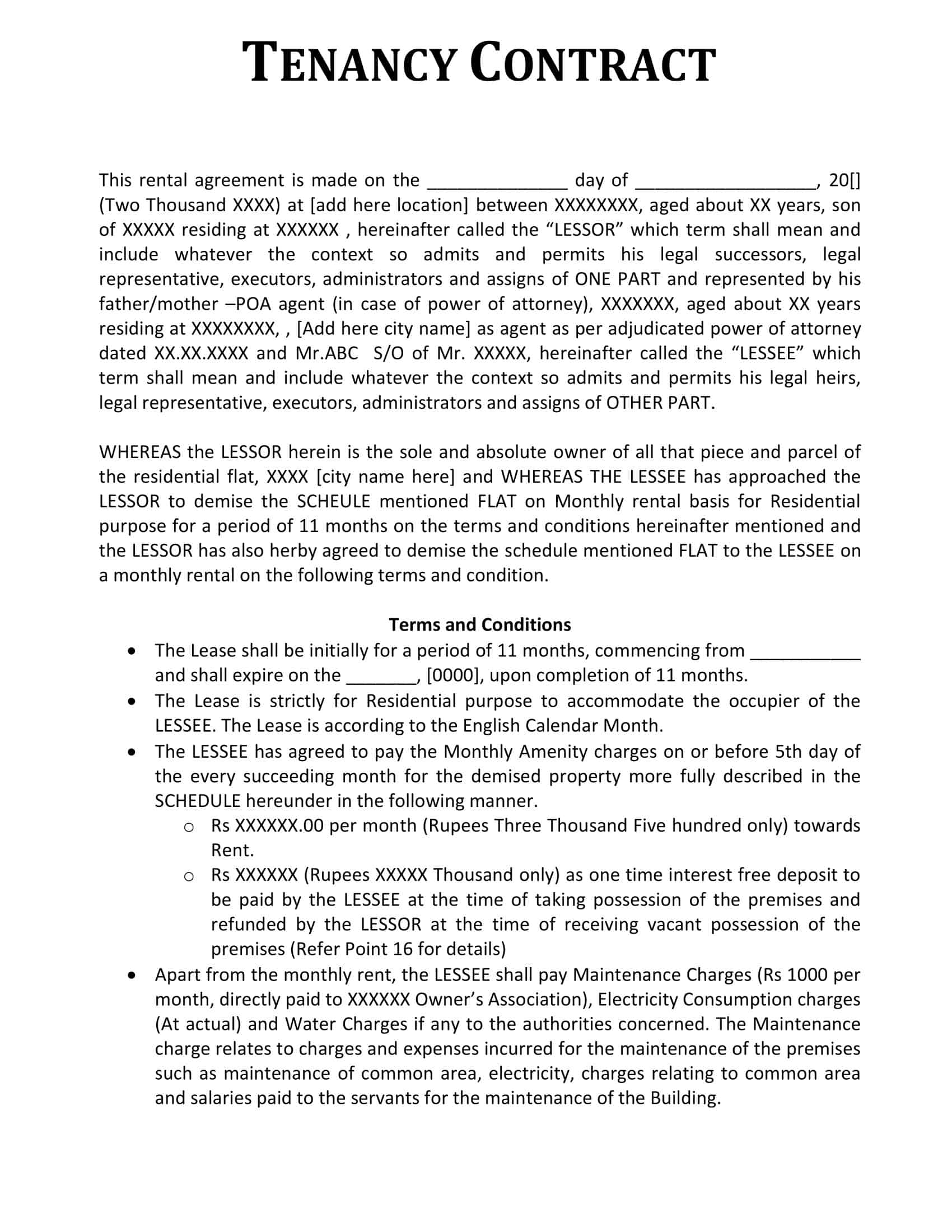



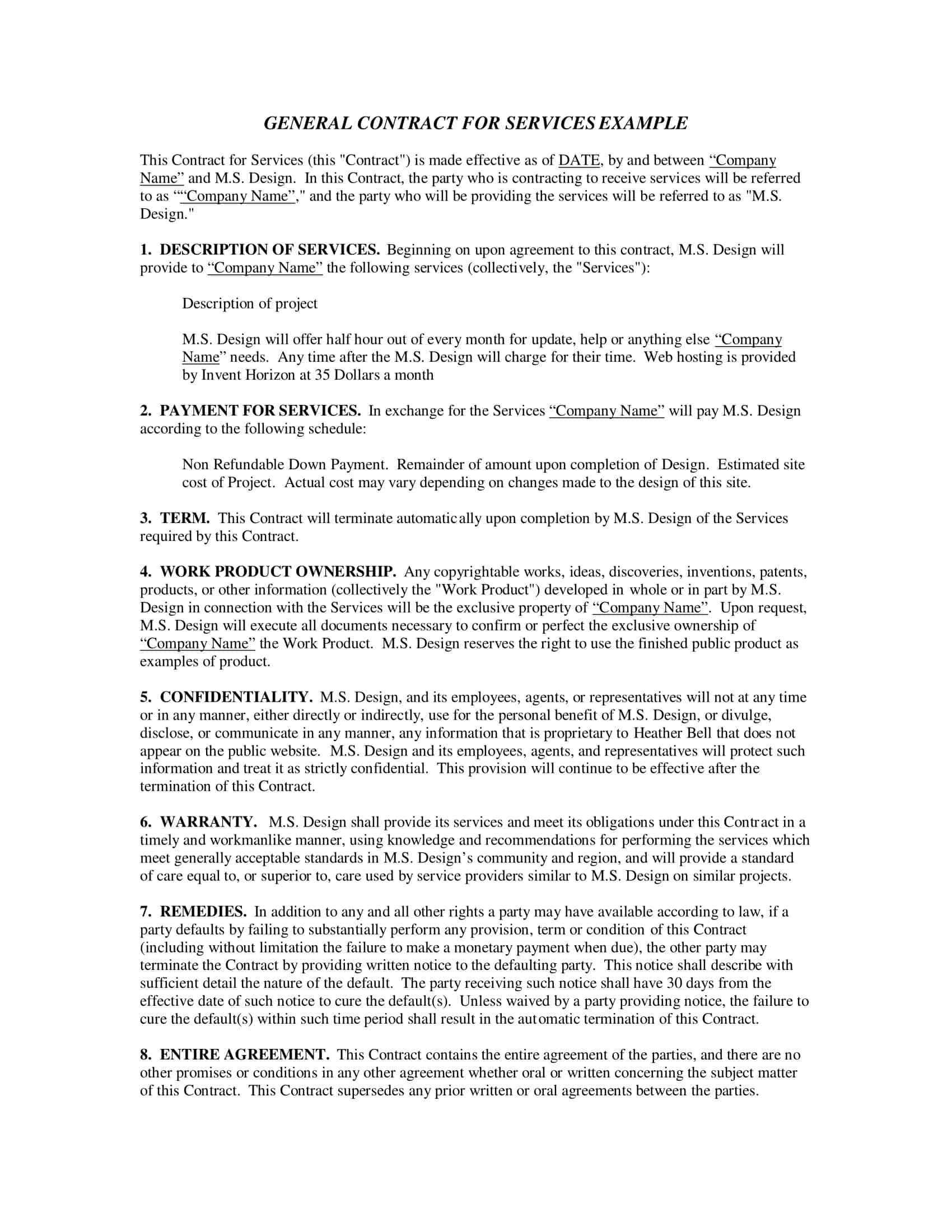





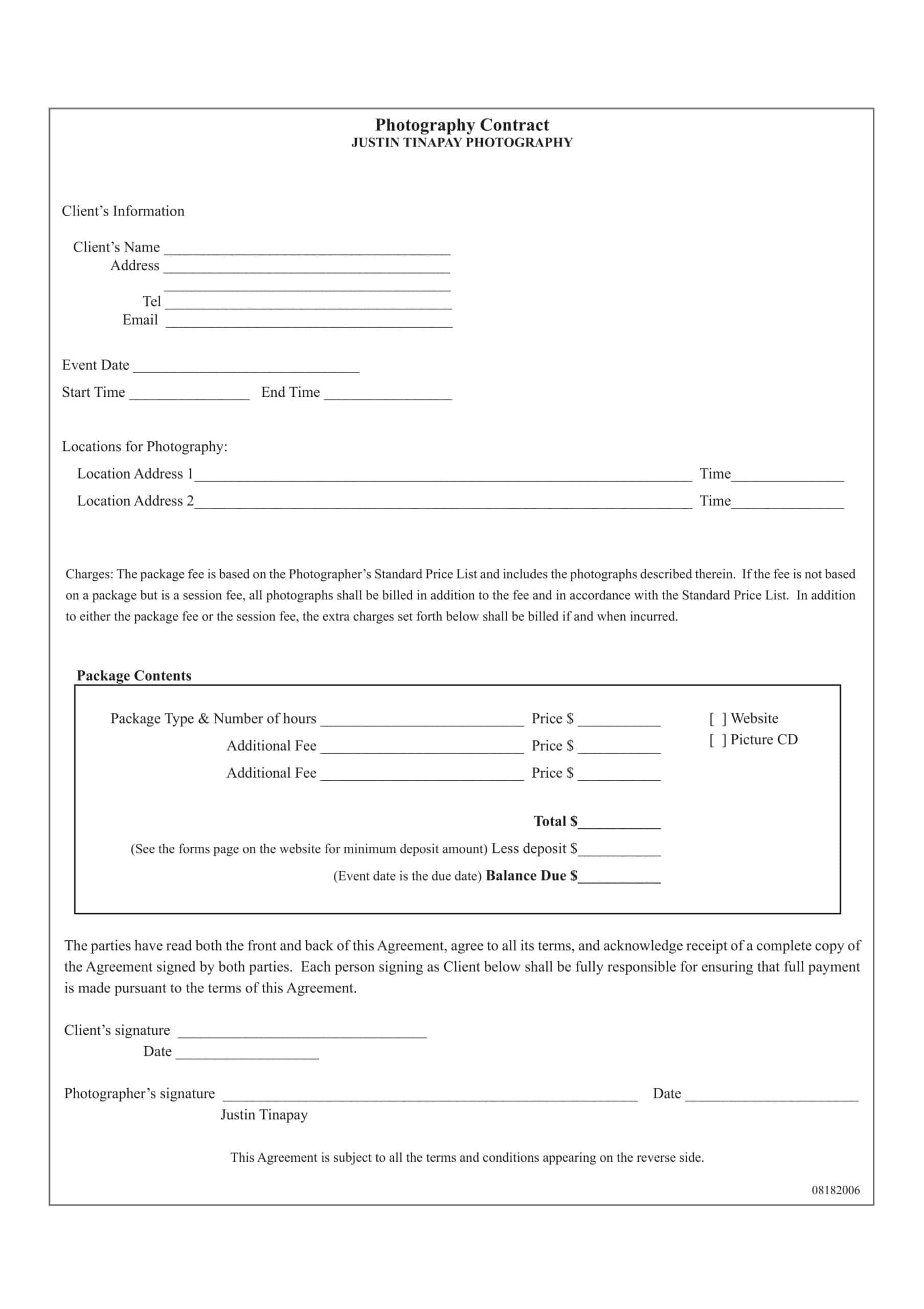

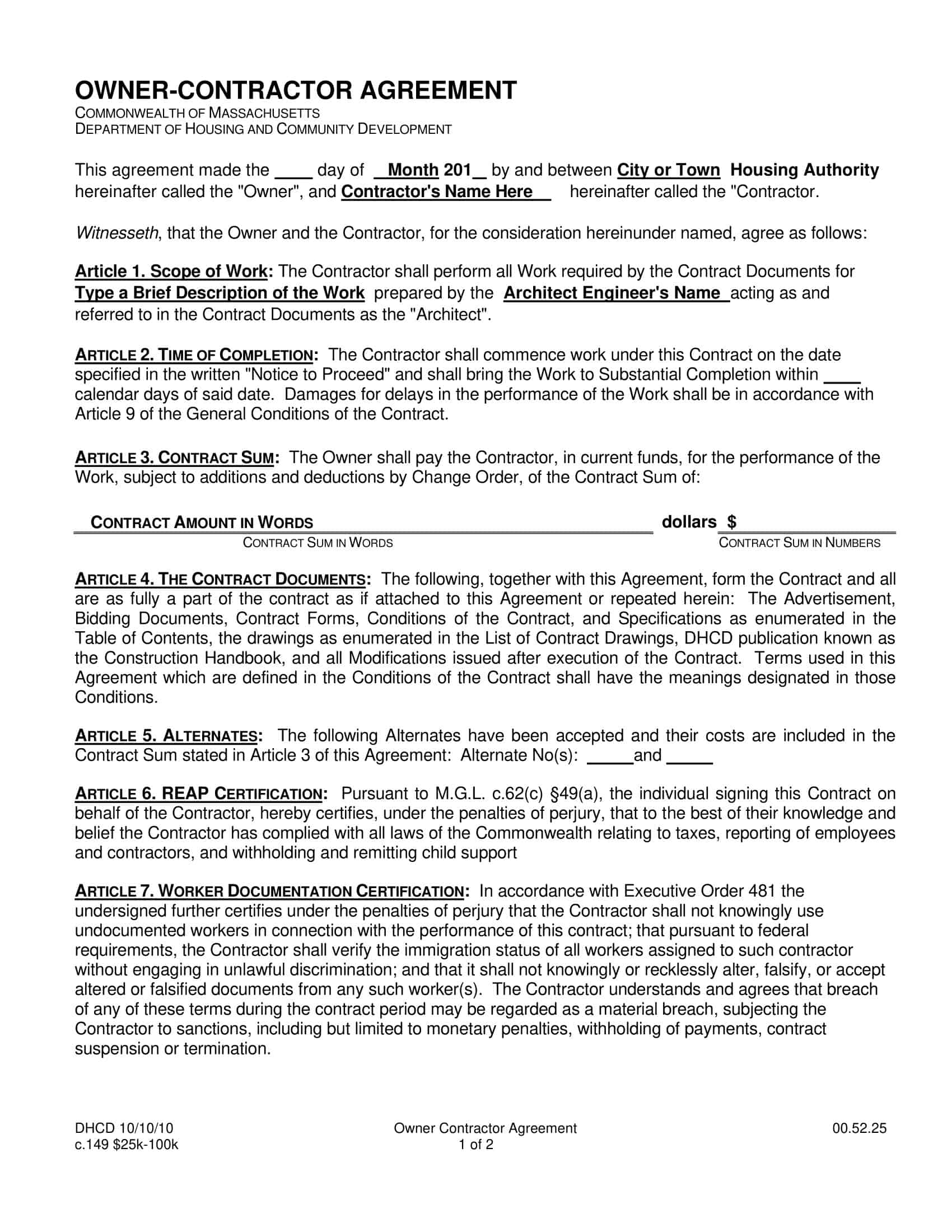





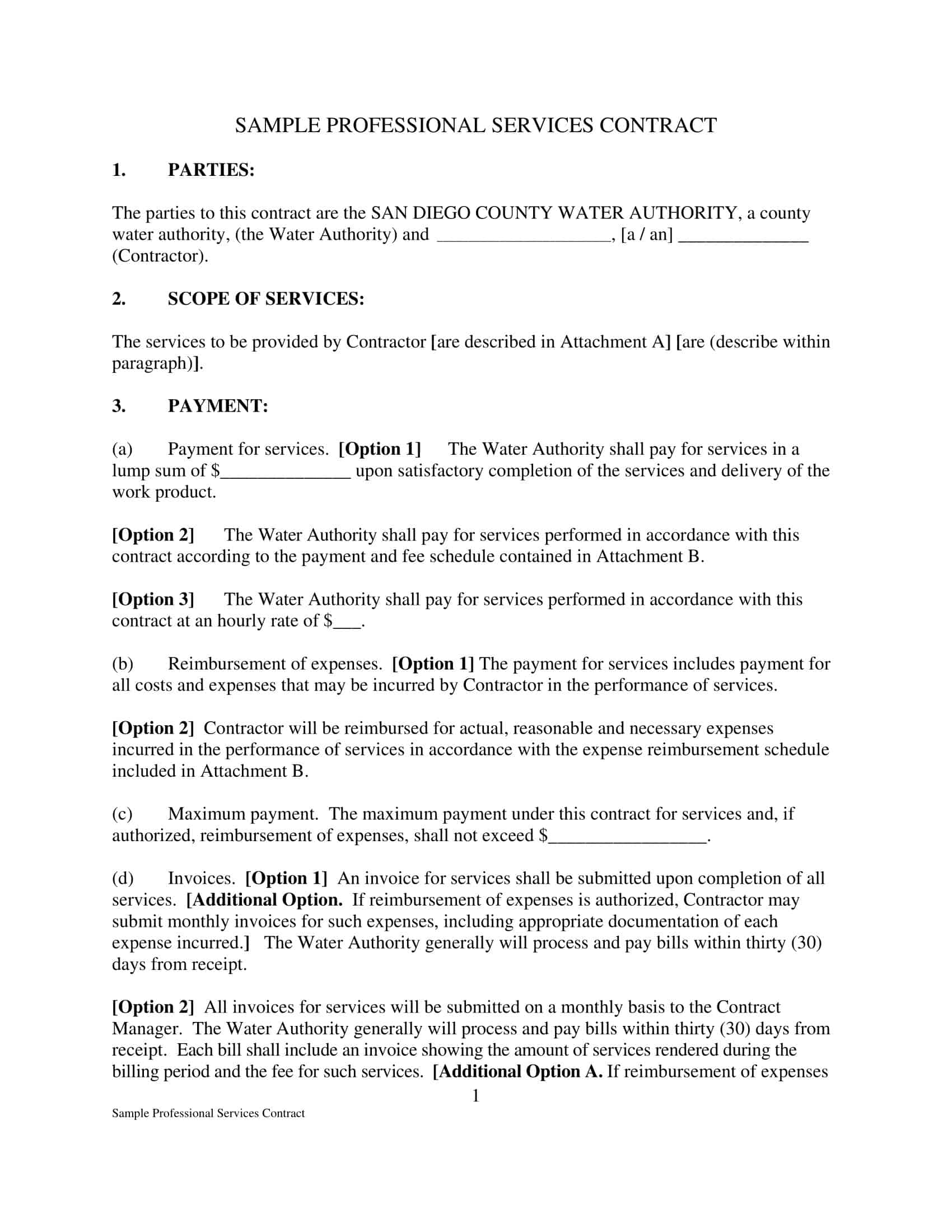

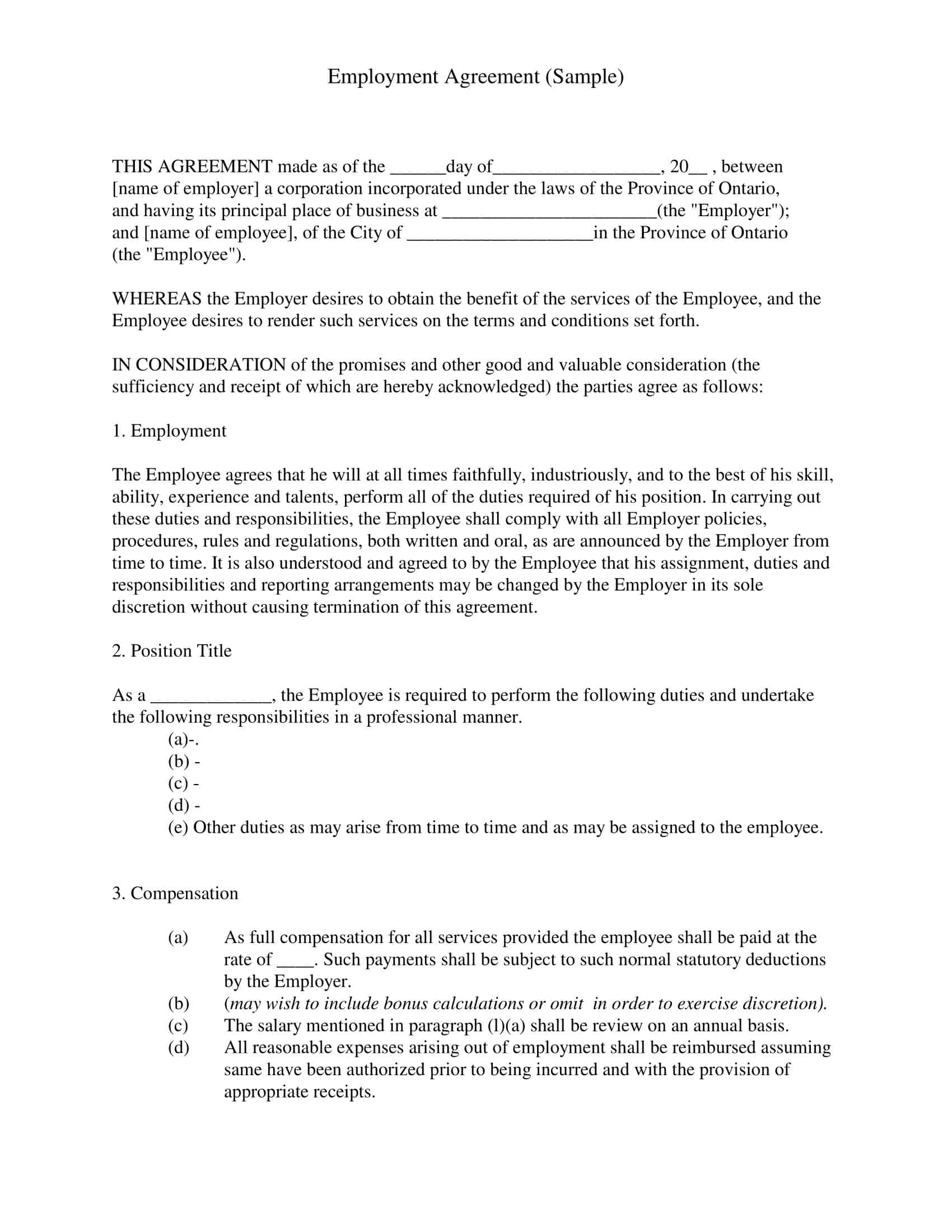


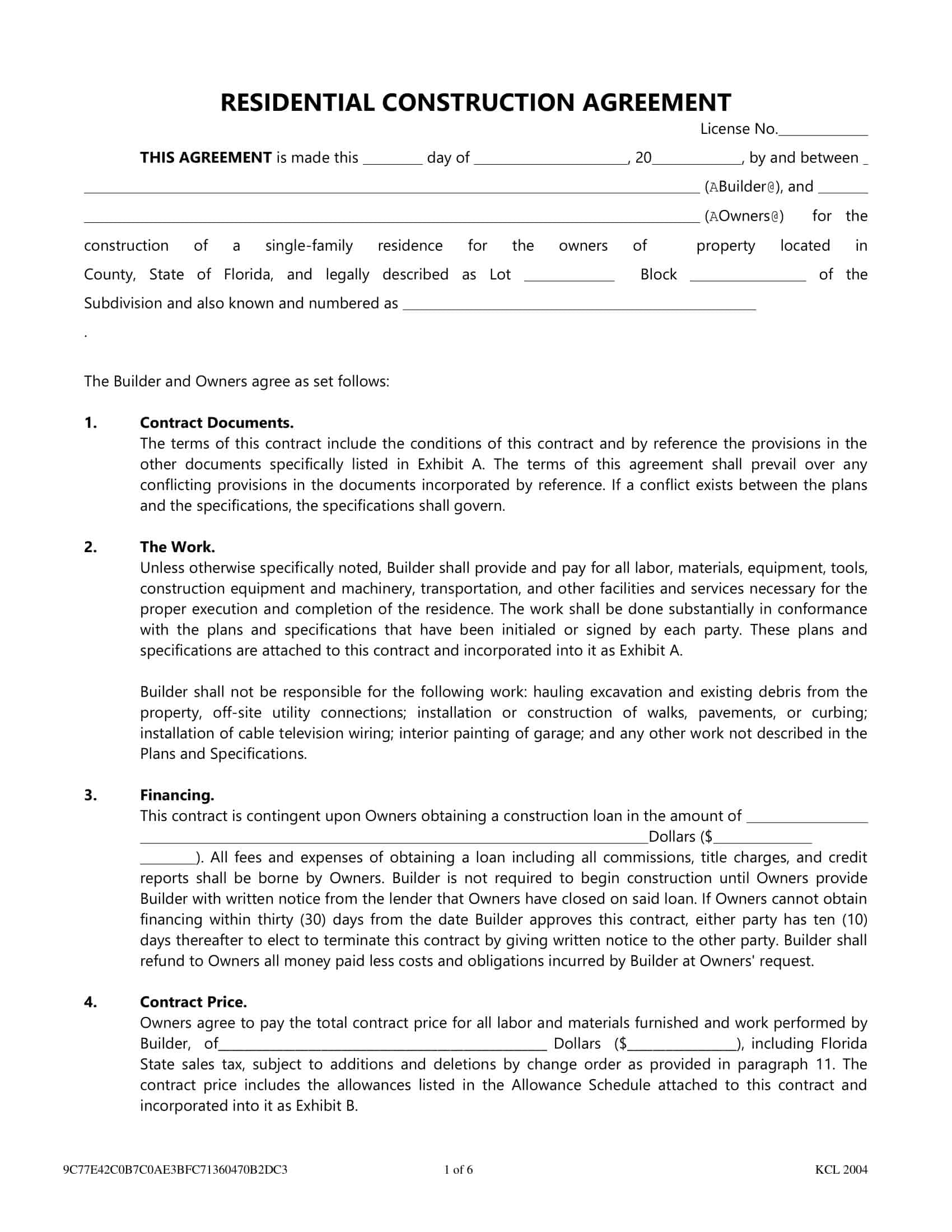









![Free Printable Roommate Agreement Templates [Word, PDF] 1 Roommate Agreement](https://www.typecalendar.com/wp-content/uploads/2023/06/Roommate-Agreement-150x150.jpg)
![Free Printable Land Contract Templates [Word, PDF] Simple 2 Land Contract](https://www.typecalendar.com/wp-content/uploads/2023/05/Land-Contract-1-150x150.jpg)
![Free Printable Catering Contract Templates [Word, PDF] Simple 3 Catering Contract](https://www.typecalendar.com/wp-content/uploads/2023/05/Catering-Contract-1-150x150.jpg)
